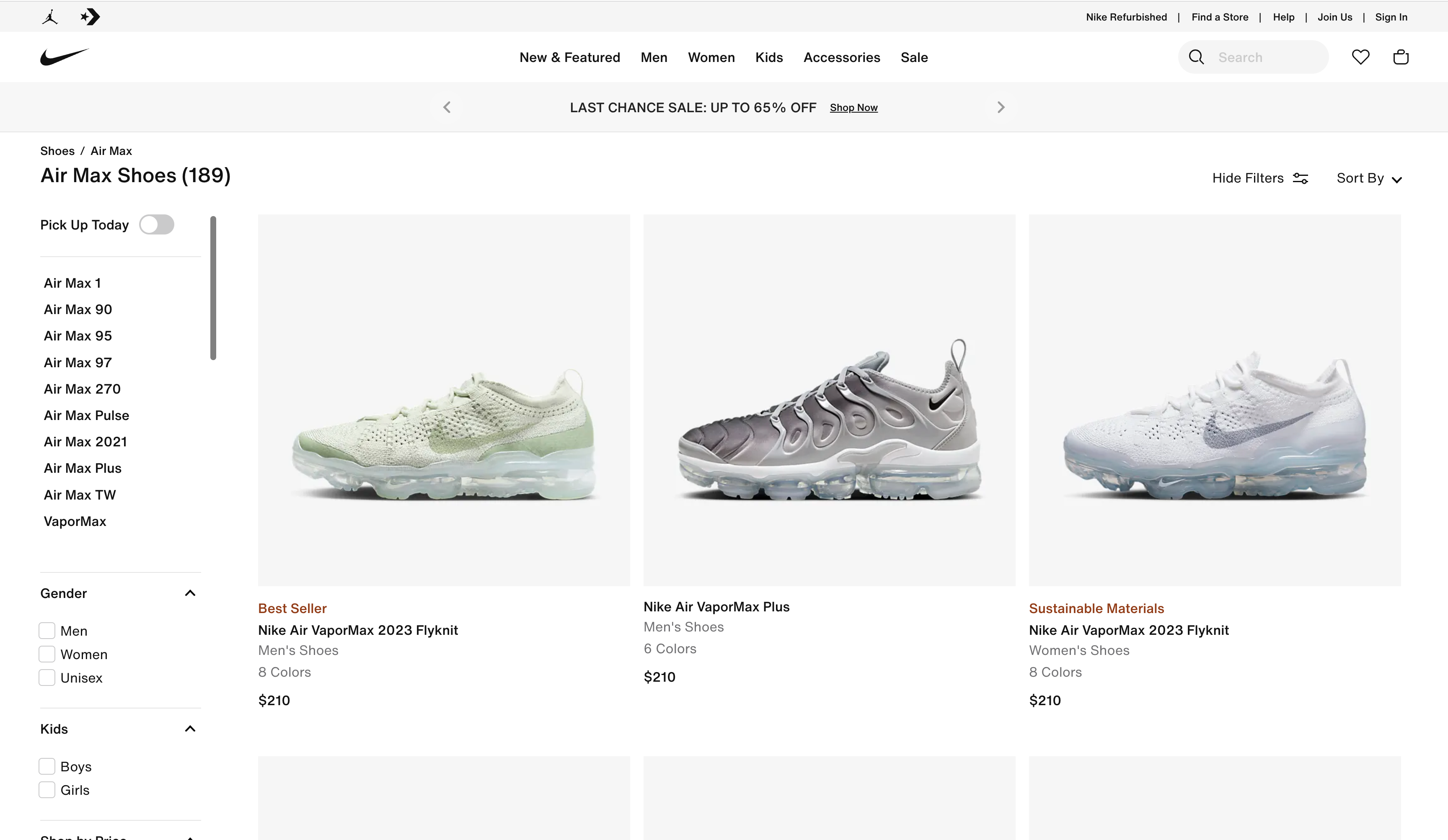How To Determine If You Should Have One Or Two Sites for B2B and B2C
Isaiah Bollinger
Isaiah Bollinger
Traditionally eCommerce has been viewed as online sales to consumers through sites like Amazon and other retailers. However, B2B eCommerce has been a growing major channel for many different types of companies. In fact, Digital Commerce 360 expects B2B eCommerce to reach 2 trillion in 2023, more than B2C eCommerce! In this blog we will help you make the right decision regarding whether to consolidate or separate your B2B and B2C eCommerce platforms based on your business’s unique needs and goals.
One of the most obvious use cases of selling to both B2B and B2C is the manufacturer of consumer products. Examples are companies like Apple or Samsung. Historically, most brands and manufacturers have decided to use distributors and retailers to sell to consumers, avoiding the direct-to-consumer of eCommerce. In that case, they may have already set up a B2B site to automate some of these transactions.
More recently, brands and manufacturers of consumer products are going direct to consumers via eCommerce. An example is Nike, which is now selling over 40% of its sales online. However, Nike is also expanding its retail partnerships with other third-party sellers.

Now that more and more brands are selling direct but also to businesses, it creates a challenge of creating two types of eCommerce experiences. One for B2C, and one for B2B. Amazon is probably the best example of this. Their original B2B offering was a separate website, but they more recently moved Amazon B2B into the same Amazon.com infrastructure. You simply have to sign up as a B2B customer. Amazon B2B is now the largest B2B eCommerce website in the US! Ironic considering they were mostly a B2C company.

From Separate B2B & B2C Sites to Unified Experience
Historically having separate sites made sense because it was difficult to have one website with both B2B and B2C functionality. However, the recent improvements to platforms like Magento (now Adobe Commerce), Shopify, and BigCommerce, make it much easier to have both B2B and B2C in one website. Check out Starwest Botanicals’ website to see how the Trellis team leveraged BigCommerce’s advanced capabilities to unify their B2B and B2C operations seamlessly. The strategic shift towards a singular platform has not only streamlined their management processes but has also paved the way for an enhanced user experience, catering to both business clients and individual consumers. With the backing of Trellis’ expertise and the versatility of modern platforms, businesses like Starwest Botanicals are setting new benchmarks in eCommerce efficiency and customer satisfaction.
Pros and Cons of One vs. Two eCommerce Sites
In eCommerce, the debate about whether to host B2B and B2C operations on one website or split them across two distinct platforms is ever-present. Both approaches come with their unique advantages, addressing varying needs and preferences of businesses. Whether you’re considering simplifying your digital footprint or aiming for specialized functionalities, understanding the strengths and limitations of each choice is crucial. Below, we delve into the compelling reasons for both strategies to help you make an informed decision for your business’s digital future.
Here are the reasons you should have one website for both B2B and B2C:
- Only one domain to market for SEO
- Easier for customers to remember
- Ability to convert consumers or small businesses from B2C to B2B more easily
- Less technical overhead to maintain for integrations and having two themes etc
- Only requires managing one brand
- All of your data in one infrastructure
Here are the reasons you should have two websites for B2B and B2C:
- Ability to separate B2C and B2B functionality more easily
- Easier to manage different content per website
- Could be easier to spin up faster and simpler sites for each purpose
- Makes managing the B2C site easier as its own simpler property
- Can isolate issues to each property
- Can split up management of the websites more easily via departments
Conclusion
Overall it’s not a simple decision and something not to take lightly. Personally, I like having one website handle both, and I think it’s better in the long term if you can pull it off. It might be harder to set up in the short term but I think the long-term pay off is higher.
If you’re looking for additional support with your choosing the right strategy, reach out to our Trellis team for a free consultation on how to scale your eCommerce business.
Leave a Comment